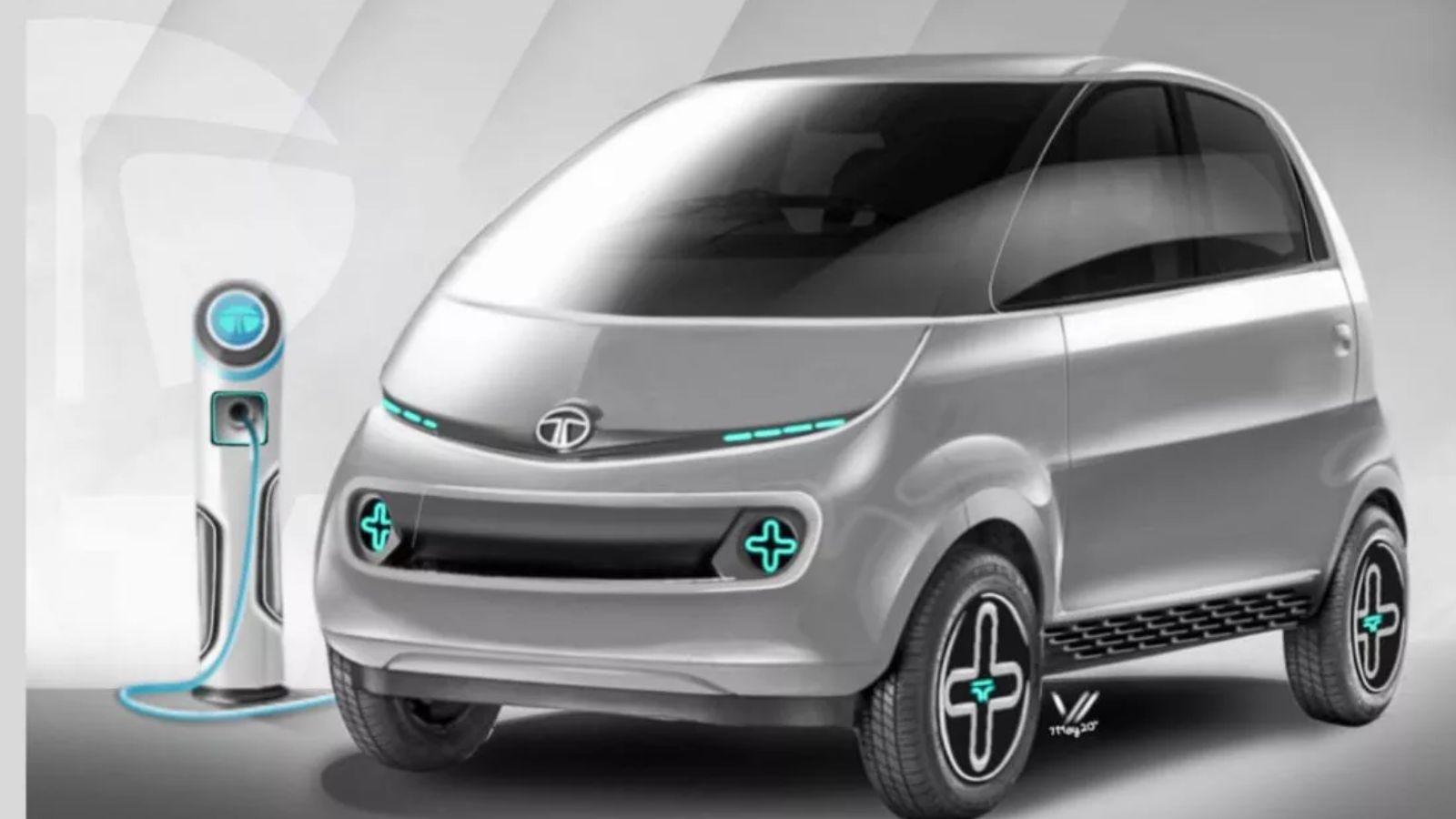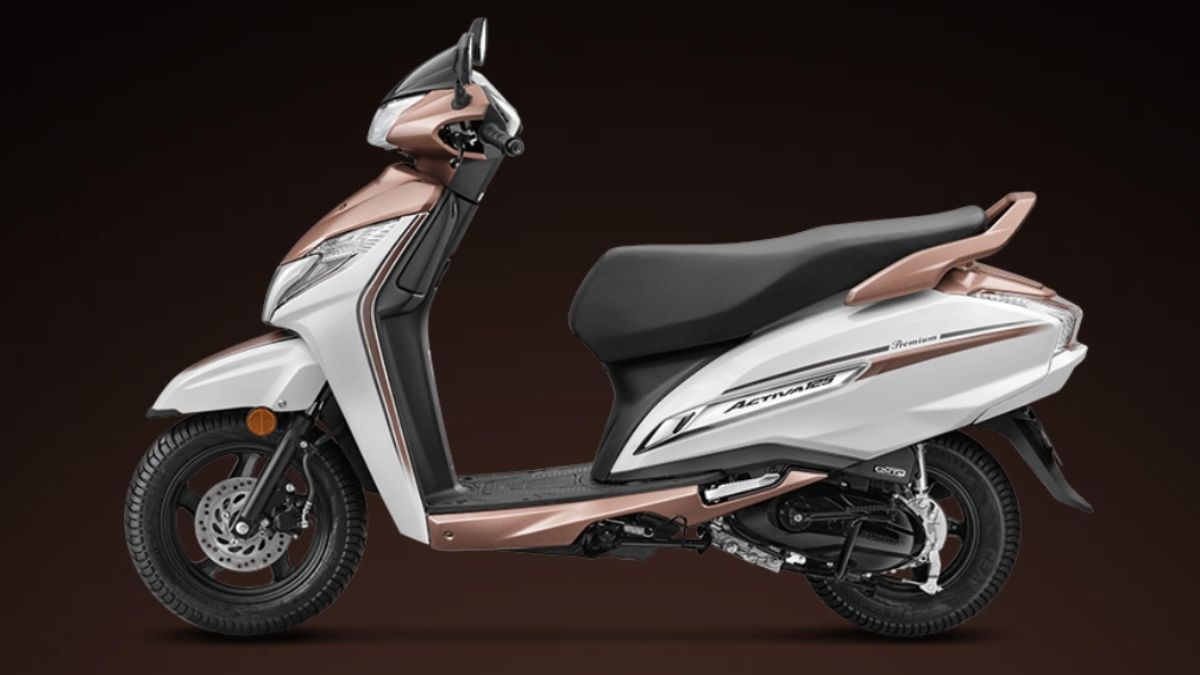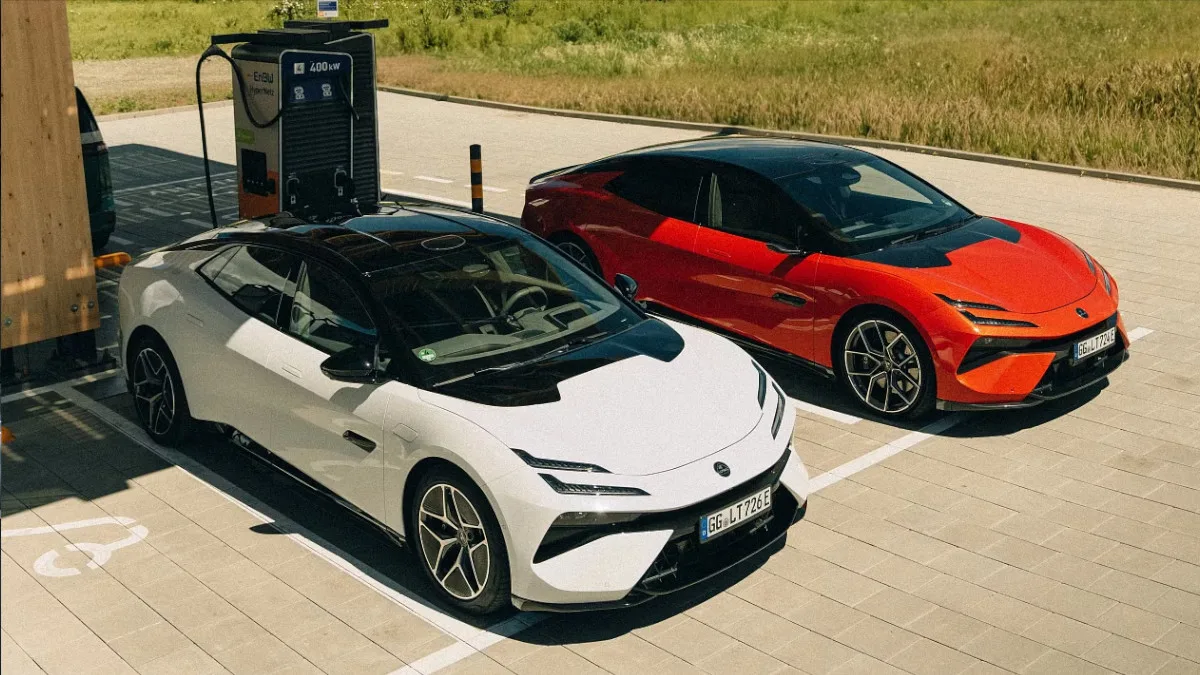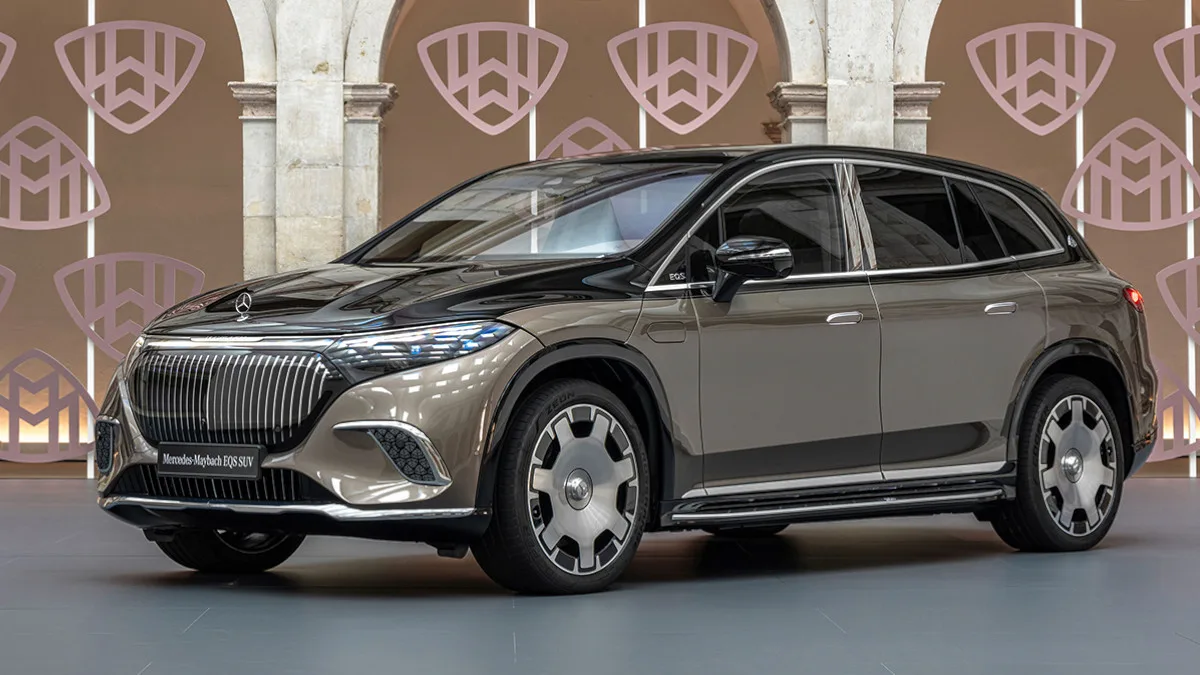The Tata Nano, once dubbed the “world’s cheapest car,” is set for a potential comeback in a whole new avatar – the Tata Nano EV. This electric iteration of the iconic budget car has sparked a wave of excitement, particularly in the Indian market. Here’s a deep dive into what we know so far about the Tata Nano EV and its potential impact.
A Return to Affordability?
The original Nano’s success stemmed from its incredibly low price tag. While official pricing hasn’t been announced, reports suggest the Nano EV will start around ₹5 lakh (ex-showroom). This positions it as a highly affordable electric car, potentially making electric mobility more accessible to a wider range of Indian consumers.
Specs and Features (Anticipated)
Details about the Nano EV’s specifications are still emerging. However, rumors suggest a 40 kWh lithium-ion battery pack, offering a driving range of up to 300 kilometers on a single charge. This caters well to daily commutes and short intercity trips. The electric motor’s power output is unknown, but it should provide adequate acceleration for city driving.
Modern Touches for a Classic
While retaining the Nano’s compact and practical design, the EV version is expected to receive some modern upgrades. This could include features like air conditioning, power windows, and a touchscreen infotainment system for a more comfortable and connected driving experience. Safety features like dual airbags and an anti-lock braking system (ABS) are likely to be included as well.
A Boost for Electric Vehicle Adoption
The Nano EV’s arrival could be a significant boost for electric vehicle (EV) adoption in India. Its affordability and brand recognition can potentially entice a new wave of buyers towards electric mobility. This could create a ripple effect, encouraging further infrastructure development for charging stations and promoting a cleaner transportation ecosystem.
Competition in the EV Arena
The Nano EV will enter a growing electric car market in India. It will face competition from established players like the Tata Tiago EV, Maruti Suzuki WagonR EV, and Mahindra eKUV100. The Nano EV will need to differentiate itself by leveraging its iconic status, affordability, and potential for a wider customer base.
Challenges and Opportunities
The success of the Nano EV hinges on several factors. Range anxiety remains a concern for some potential buyers, and the charging infrastructure needs further expansion. However, the Nano EV’s compact size and city-centric focus can mitigate these concerns to some extent. Additionally, government incentives for electric vehicles could further sweeten the deal for buyers.
A Legacy Revisited
The original Nano captured the imagination of a nation with its promise of affordable mobility. The Nano EV has the potential to do the same for the electric vehicle segment. By offering a familiar nameplate in a clean and economical package, the Nano EV could become a true game-changer for budget-conscious Indian car buyers.
The Road Ahead
The arrival of the Tata Nano EV is eagerly awaited, particularly in the context of India’s growing electric vehicle ambitions. With its potential for affordability and practicality, the Nano EV could very well redefine how people perceive and utilize electric cars in the Indian market. Only time will tell if the Nano EV can recapture the magic of its predecessor and usher in a new era of affordable electric mobility.
Disclaimer: This content is user-generated with AI assistance. Please verify information from official sources before action. Wheelscraze.com does not guarantee accuracy. For feedback, contact wheelscraze.com@gmail.com.
Discover more from Wheels Craze - Automotive News, EV News, Car News, Bike News
Subscribe to get the latest posts to your email.





